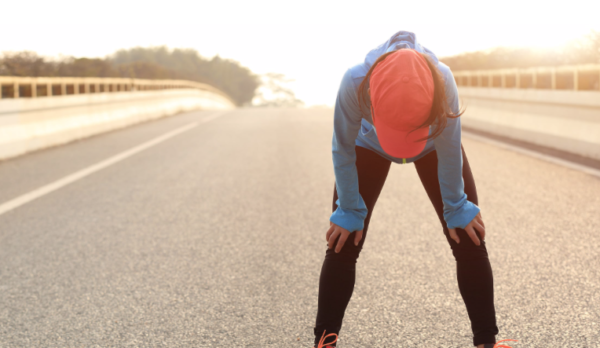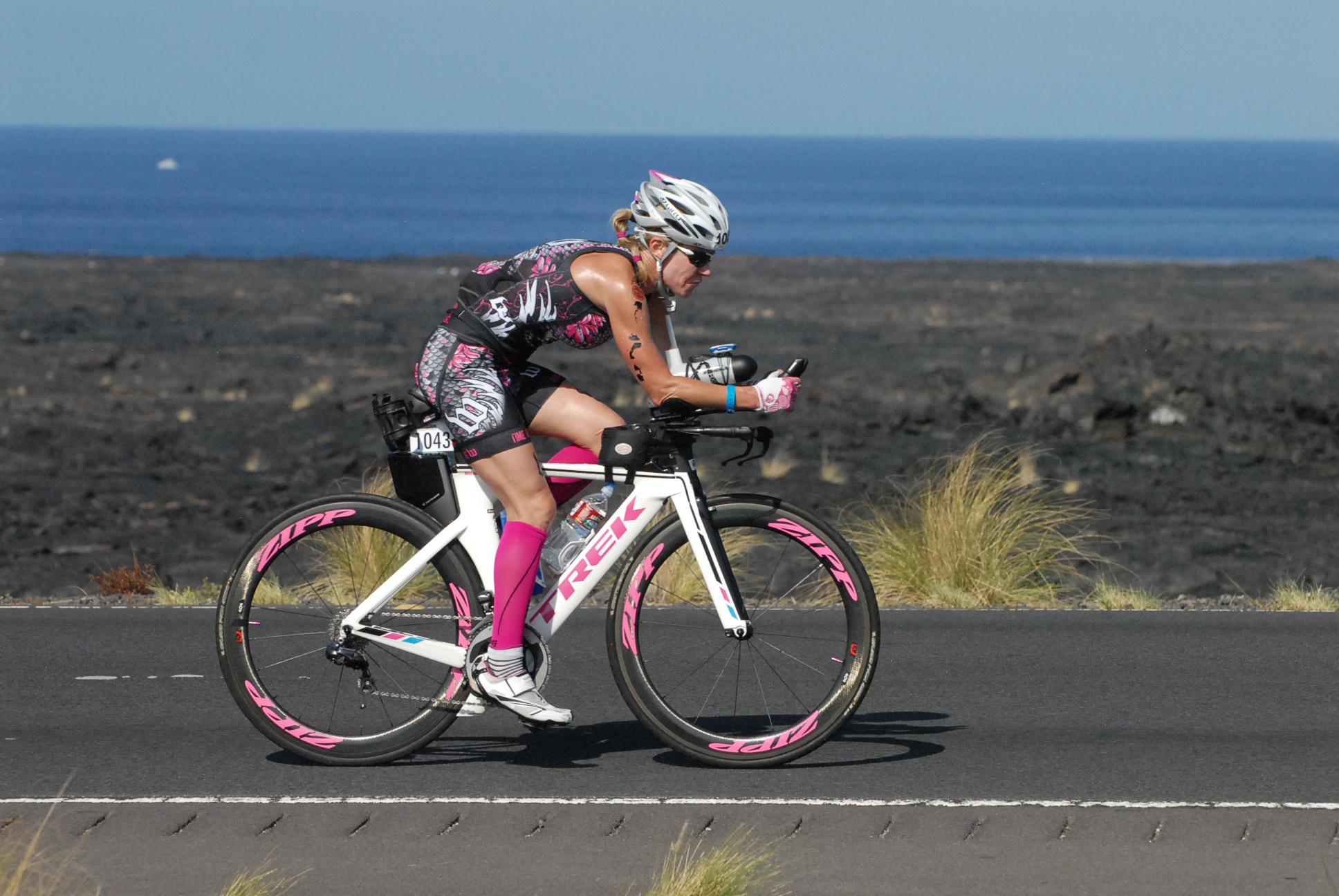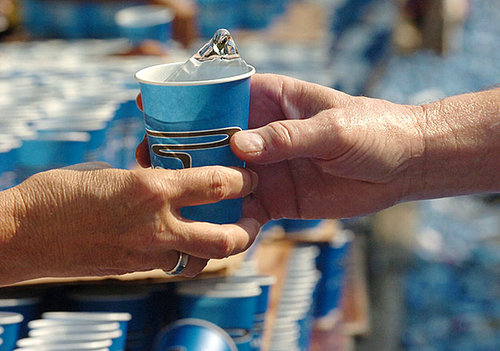Hydration and Athletic Performance
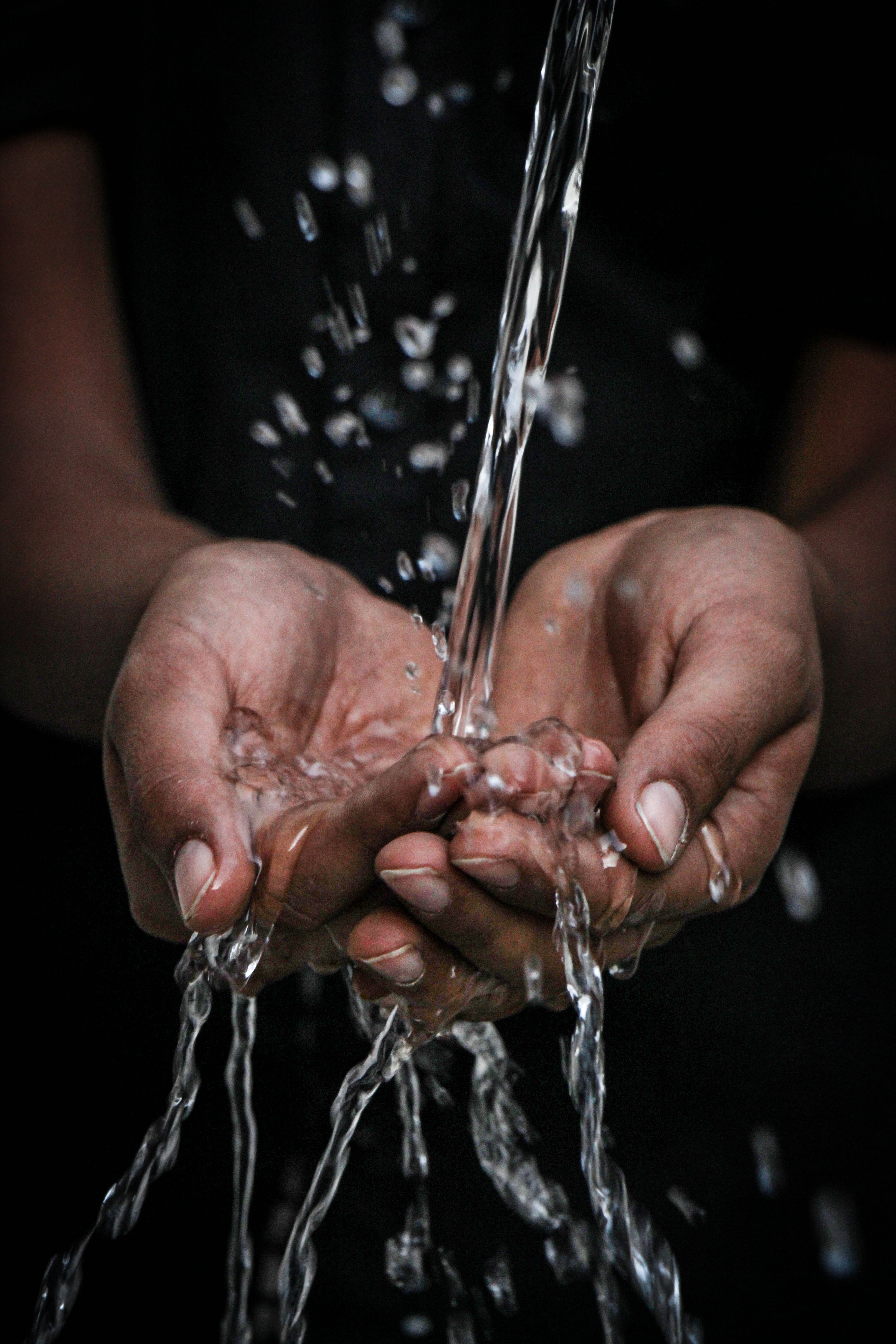
Recently, I gave a sports nutrition talk to a local triathlon club. As an ice breaker, I started by asking a few basic questions to gauge their knowledge about proper hydration while training. Their answers and misconceptions mirrored those that I have heard from hundreds of athletes over the past three decades. Athletes, specifically runners, when asked about their hydration practices, most frequently respond by saying such things as, “I don’t need to hydrate while running, and will drink after my workout.”
Other athletes have no hydration plan at all, saying such things as “If I become thirsty, I will stop and sip from a water fountain along the route.” While others will make excuses about why they don’t drink while training, including not willing to carry fluids and sport drinks hurt their stomachs or make them nauseous.
Trust me, I have heard every excuse why athletes do not hydrate during their workouts.
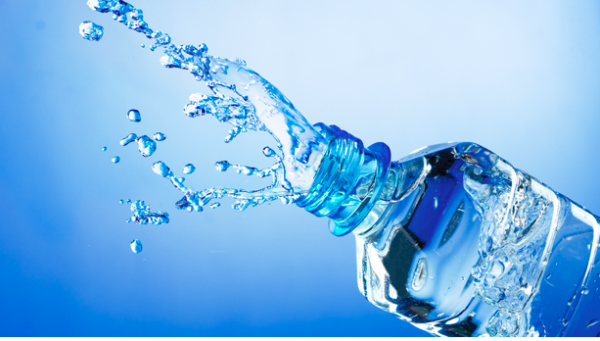
I get it, carrying fluids during a run can be inconvenient, heavy, cumbersome, and another detail to consider before heading out for a run.
However, a significant loss of body fluids, known as dehydration, can be detrimental to your running performance. Athletes have a healthy fear of the proverbial ‘hitting the wall’ or ‘bonking’ hence they will prioritize nutrition, including gels or another sports fuel over hydration. But dehydration will stop you in your tracks long before your fuel reserves run low. Remember this rule: the primary cause of early fatigue while running is dehydration. Simply put, drinking during a workout is essential, especially in a warm or humid climate, and if you are not hydrating while running, your performance and fitness gains are exponentially reduced.
Within some sport nutrition publications, you may find these contradictory messages:
- “Drink only when thirsty.”
- “Avoid dehydration at all costs.”
- “Consume plenty of water.”
- “Drink fluids with electrolytes.”
It’s no wonder athletes are confused. Let’s simplify things and provide a framework for your hydration strategy, to support your performance goals and overall health objectives.
Why is hydration so important?
Water is required for the majority of chemical reactions during athletic performance. This water comes from plasma volume, which makes up 50-60% of total blood volume. Therefore, when you become dehydrated, the most significant impact is a reduction in your total blood volume. In the body, blood circulates from the heart, throughout the body and back to the heart through the lungs and continuously repeats this circuit. When your blood volume decreases, performance of key bodily functions diminishes.
During exercise, the blood has three critical tasks listed here in order of priority:
- Blood releases heat generated by the body through the skin via sweat. If sweat rate decreases as a result of dehydration, your core body temperature will rise. This is the first priority and the last to fail in a dehydrated state. If your body is unable to cool itself, severe hyperthermia (>104 F) can lead to organ failure and death.
- Blood delivers oxygen and nutrients to the working muscles for energy. The faster you are moving as a runner, the more oxygen and nutrients the body demands. In a dehydrated state, this is the second task to be shut down.
- And lastly, blood assists with the absorption of calories and fluids consumed during exercise – in other words, hydration promotes digestion. However, during exercise, blood is diverted away from the gut to the working muscles. In a dehydrated state, this is the first task to be shut down, leading to gastrointestinal distress.
Dehydration and Performance Correlations
Athletes of all abilities battle fatigue associated with dehydration since it is impossible to maintain 100% hydration status without experiencing a health and performance backlash. With as little as 2% fluid loss, there can be a noticeable decline in performance.When fluid loss exceeds 2%, performance rapidly deteriorates, and once it reaches 4%, the rate of fluid absorption from the intestines decreases, making it nearly impossible to counteract.
Signs and symptoms of dehydration:
- Dizziness, confusion, lightheadedness
- Dry lips, mouth, skin
- Physical and mental fatigue
- Decreased pace and performance
- Darkened urine (one of the first indicators)
- Increased body temperature, HR, and Rate of Perceived Exertion (RPE)
The Impact of Humidity on Dehydration
As if heat’s impact on dehydration isn’t bad enough, athletes in non-arid environments participating in moderate to high-intensity exercise must also contend with humidity, which further increases core body temperatures and sweat rates. Remember, it is the evaporation of sweat, not just the process of sweating, that cools the body. However, in humid climates, because the air is already full of water vapor, sweat does not evaporate as quickly, and is therefore a less effective means of body temperature thermoregulation. During high-humidity environments, expect your body temperature, heart and sweat rate and perceived exertion to be significantly higher, all while losing fluids and valuable electrolytes. As previously explained, without replenishing these fluids, performance can quickly diminish.
Let’s Talk About Sweat
Do crusty white salt marks appear on your face and clothing when you work out? This can help determine if you are a salty sweater, and a signal to increase sodium intake during the workout. Keep in mind that sweat rate isn’t directly related to sodium loss. You can be a heavy sweater and not necessarily have high sodium losses and vice versa.
Sweat contains electrolytes: sodium, potassium, chloride, and small amounts of minerals (iron, calcium, and magnesium). Of all these, sodium takes the biggest hit from sweat loss; thus, it’s the most important to replace. Generally speaking, most athletes lose about 500mg sodium per pound of sweat loss, and heavy, salty sweaters can lose more than 1500+mg sodium each hour.
How to Determine Your Sweat Rate
Determine your sweat rate by weighing before and after training sessions that are 60 min or less. Add ounces consumed to the oz/lbs. lost during the session. 16oz = 1 lb Remember this will not reflect sodium loss, only fluid loss and percentage of body weight lost. Contact a sports RD to help determine your sodium loss.
What Should I Drink; Can I Drink Too Much?
Most of us have been taught the 8 x 8 rule: to drink eight 8 ounces of water per day, and that drinking water is important to our health. However, you should avoid drinking water only in hot, humid conditions or during runs lasting longer than 60 minutes. In endurance races, drinking water only can lead to severe hyponatremia, a metabolic condition where there is not enough sodium in the blood, which can be life-threatening. Over-hydration causes the brain and lungs to swell, as fluid shifts to balance out blood sodium levels. Low blood sodium can be caused by overhydrating in the days leading up to a big race, or from overhydrating with water during the race, flushing electrolytes from your body.
Sports drinks that contain sodium are designed to replace sodium lost through sweat. Additional sodium may be needed for heavy, salty sweaters and should be taken with plenty of fluids.
Some signs of hyponatremia:
- Nausea and vomiting
- Headache
- Confusion
- Loss of energy
- Fatigue
- Restlessness and irritability
- Muscle weakness, spasms or cramps
- Seizures
- Unconsciousness
- Coma
Sports Hydration Overview
The best nutritional intervention to enhance performance is hydrating adequately by drinking early and often and taking little sips frequently. Waiting until you are thirsty to drink is a big mistake. Higher fluid volume in the stomach promotes gastric emptying with about 50% of the stomach contents being emptied every 10 minutes. The more dehydrated an athlete becomes, the slower the gastric emptying. Once gastric emptying slows, drinking more fluid only exasperates the problem, usually resulting in vomiting.When possible, grab ice to cool your drink since colder fluids empty from the stomach faster than warm fluids. During hot races at aid stations, you’ll be tempted to reduce your core body temperature by pouring cold water over your head before drinking, however this only yields short-term relief. Instead, prioritize drinking cold liquids first to promote hydration and then pour water over your body to cool it further. Also, try putting ice in your hat to cool the top of your head.
Sports Hydration Guidelines:
- Exercise lasting less than 60 minutes: water is sufficient, drink to thirst.
- Exercise lasting more than 60 minutes: consume .1-.18 oz/lb per hour. Example: A 150 lb athlete should consume 15-27 oz per hour. Note: Aim for the lower end of the range in cool conditions and upper end in 75+ degrees. In hot, humid climates, I recommend drinking up to .28 oz/lb per hour.
- Sip fluids every 10-15 minutes. One generous sip = 1 ounce.
- Sports drinks should not exceed 8% concentration of carbohydrates. Ideal concentration is 4-6%, which is approximately 10-14 grams/carbs per 8 oz of fluids.
- When consuming calories such as gels, Bloks, Chomps, etc., always chase with water to facilitate gastric emptying. Avoid taking in large amounts of calories or fluid at one time as it may cause gastric distress.
- Sodium consumption range: include 180-225 mg sodium/8oz fluids consumed during activity to accelerate absorption and fluid retention and encourage fluid intake by driving the thirst mechanism.
- Note: Women in high hormone phase (10 days pre-menstrual) or postmenopausal have a dampened thirst sensation, so drinking on a schedule is beneficial.
- Children are more susceptible to dehydration than adults because their ratio of surface area to body mass is higher. Therefore, they need to be more vigilant with hydration especially in warmer climates.
Post Workout Tips:
For every fluid pound (16oz) lost in exercise, consume 20oz to cover obligatory urine loss. The rehydration beverage should contain both sodium and simple carbs to accelerate reabsorption.
Daily Hydration Tips:
- Water is best – shoot for at least half your body weight in fluid ounces independent of training volume intake.
- Aim to drink 16oz of water with every meal and sip water throughout the day.
- Caffeine consumed during training in small doses 75-200mg (aim for no more than 2-3mg/kg body weight) can help sustain performance, reduce RPE, and is unlikely to alter hydration status. Avoid consuming after 12-1 pm, so it doesn’t negatively impact sleep.
- Alcohol is dehydrating and disrupts sleep and recovery. Avoid consumption within 72 hours before or after training.
Listening to Your Body
Even with a detailed hydration plan, listen to your body, and pay attention to warning signs that your plan may need adjusting. If you are feeling nauseated, have a sloshy stomach, or are disinterested in eating/drinking, this suggests an imbalance of calories to fluids, a pacing issue, or overheating. To get the gut moving, stop fueling for 20–30 minutes, periodically take a few sips of water to dilute the gut content, and slow your pace.
On the other hand, if you are feeling unmotivated, mentally down, grumpy, unfocused, it is time to grab fast-acting carbohydrates. The best options are simple sugar, gel, or sports drink.
Final Thought on Hydration
No matter which sports drink, sodium replacement, and fuel supplement you choose to use on race day, it is imperative that you rehearse this hydration plan repeatedly in race day simulated sessions to train the GI system and assess your body’s response.

